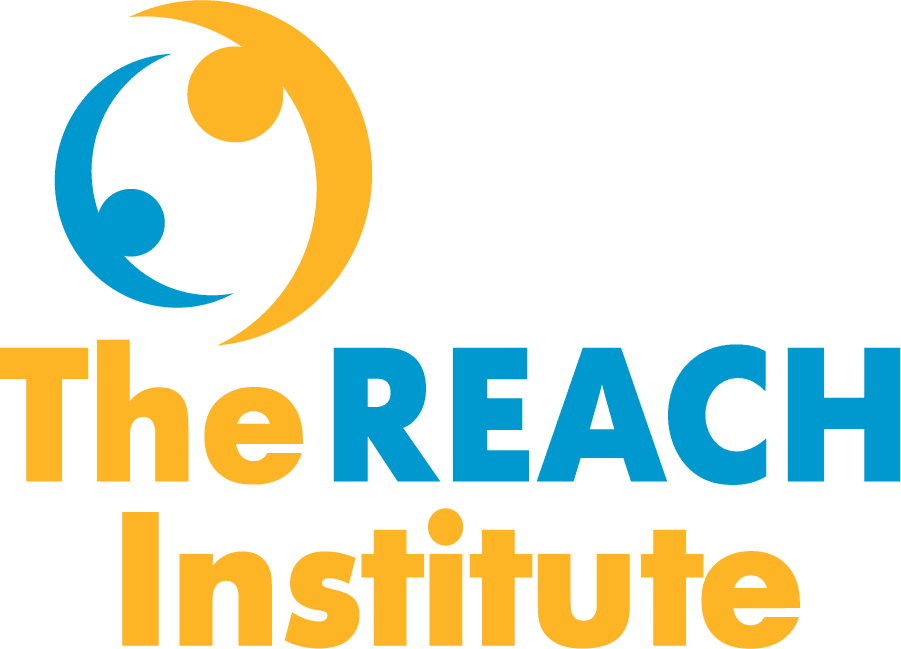Assessing and treating substance abuse
- January 24, 2023
- The REACH Institute
- Assessment & screening, Child mental health
“The risk of substance use starts at about age 10,” said Sam Chang, MD, a child and adolescent psychiatrist on the REACH faculty. “Prevention has to start before that. By the time kids reach adolescence, the horse has left the barn.”
According to the Substance Abuse and Mental Health Services Administration (SAMHSA), 17.2% of children aged 12 to 17 reported having used illicit drugs in the past year. In the past month, 13.2% had used marijuana, 9.4% alcohol, and 2.3% cigarettes. Substance use disorders in adolescents can lead to violence and injury, crime, unintended pregnancy, and mental health disorders.
Dr. Chang recommends that pediatric primary care providers (PCPs) start substance use education with the risks of smoking and vaping. “Nicotine is often the first drug children use,” he said. “It puts them at risk for use of other substances.”
Other risk factors, said Dr. Chang, include substance use among family members and any mental health conditions in the patient. ADHD is a particular risk for addictive behaviors of all kinds. Patients with mood or anxiety disorders may also turn to illicit drugs.
“Meanwhile, some things people think are risk factors are not,” said Dr. Chang. “It’s not parenting. It’s not ‘bad kids.’ It’s not boys versus girls. Substance abuse is everywhere.”
Dr. Chang joins SAMHSA and the American Academy of Pediatrics in recommending that all adolescents be screened for substance use disorder. One tool, validated for use with young people aged 12 to 21, is CRAFFT, summarized as follows:
- Have you been in a car driven by someone who was impaired?
- Have you used drugs or alcohol to relax or feel better?
- Have you used alone?
- Do you ever forget things you did while using?
- Have your friends or family expressed concern about your substance use?
- Have you gotten into trouble because of your substance use?
If a patient scores 1, you can take the opportunity to educate them about substance use and help them identify positive social activities, said Dr. Chang.
If a patient scores 2 or higher, then it’s time to engage in motivational interviewing to help the patient address a growing problem.
“Start with the good stuff,” said Dr. Chang. “Ask what they get out of using, what it does for them.” This line of questioning enables you to identify the patient’s goals and help them find alternative means to that end.
Perhaps more importantly, it helps you develop a relationship with the patient around their drug use. “The minute you say, ‘No, you can’t do that, it’s bad for you,’ you’ve lost them,” noted Dr. Chang. “We have to safeguard our relationship with the patient, because that relationship is what protects them. We are the treatment!”
To understand what your patients tell you about their drug use, learn “weights and measures,” said Dr. Chang. “Clinicians don’t need to know the latest lingo. We need to know that, for example, there are 28 grams in an ounce. If a patient says they use ‘a quarter’ of marijuana a week, that’s a quarter ounce. Then you can say, ‘OK, so that’s a gram a day—two joints or bowls every day. Does that sound right?’”
Having established an understanding of the extent of the substance use and maintained rapport by acknowledging the perceived benefits of using, you can start to probe: “Does using ever cause any problems?”
If the patient can’t acknowledge any problems, you can help them look into areas where their functioning may be impaired. If you encounter resistance, back off and try again another time–so that you can maintain the relationship.
“I don’t tell patients what to do,” said Dr. Chang. “They are the ones who are in charge. But I do tell them honestly what concerns me about the substance use they describe.”
Particularly when patients are taking psychotropic medications for other disorders, you can explain that illicit substance use makes those medications less effective. For example, Dr. Chang might say, “A drug that gets you high is always more powerful than a drug that doesn’t. So if we want your ADHD to get better, you need to back off your marijuana use so your ADHD medication can work.”
Total abstinence does not have to be the goal. If the patient buys into the goal of “letting my ADHD medication work,” then less use—say, from two joints a day to one—may meet the need. Gain the patient’s agreement on a target, offer support to help them meet that target, and set a follow-up in a few weeks to ask how it’s going.
Patients who cannot cut back on their own may need specialized help. Again, start with the positive by acknowledging that the patient has tried. Let them know that drugs can be stronger than willpower. Then describe the treatment options you have identified in the community: a counselor specializing in addiction, a treatment program, or self-help groups like 12-step programs.
“Finally, what we can do is to help our patients set and meet their own goals,” said Dr. Chang. “We are not the boss of them. But we can, in an empathic way, give them the information they need to make good decisions.”
Resources
- Substance Abuse and Mental Health Services Administration, Screening and Treatment of Substance Use Disorders Among Adolescents, 2021
- American Academy of Pediatrics policy statement and corresponding guidelines on substance use screening, brief intervention, and referral to treatment
- CRAFFT screener, in both clinician interview and patient self-report versions, available in many languages for free from Boston Children’s Hospital
- SAMHSA treatment locator
Categories
- ADHD
- Anti-racism
- Anxiety
- Assessment & screening
- Autism
- Child mental health
- Coding
- Cognitive behavioral therapy
- College transition
- Culturally responsive
- Depression
- Eating disorders
- Foster care
- Grief
- High-risk children & youth
- LGBTQIA
- Medication
- Parents
- Patient communication
- Pediatric primary care
- School refusal
- Sleep disorders
- Suicide
- Trauma
- Show All Categories
Dates
Register for courses
“This course has given me valuable information all evidence-based, to help me feel more confident in managing depression, ADHD and anxiety in the office”

